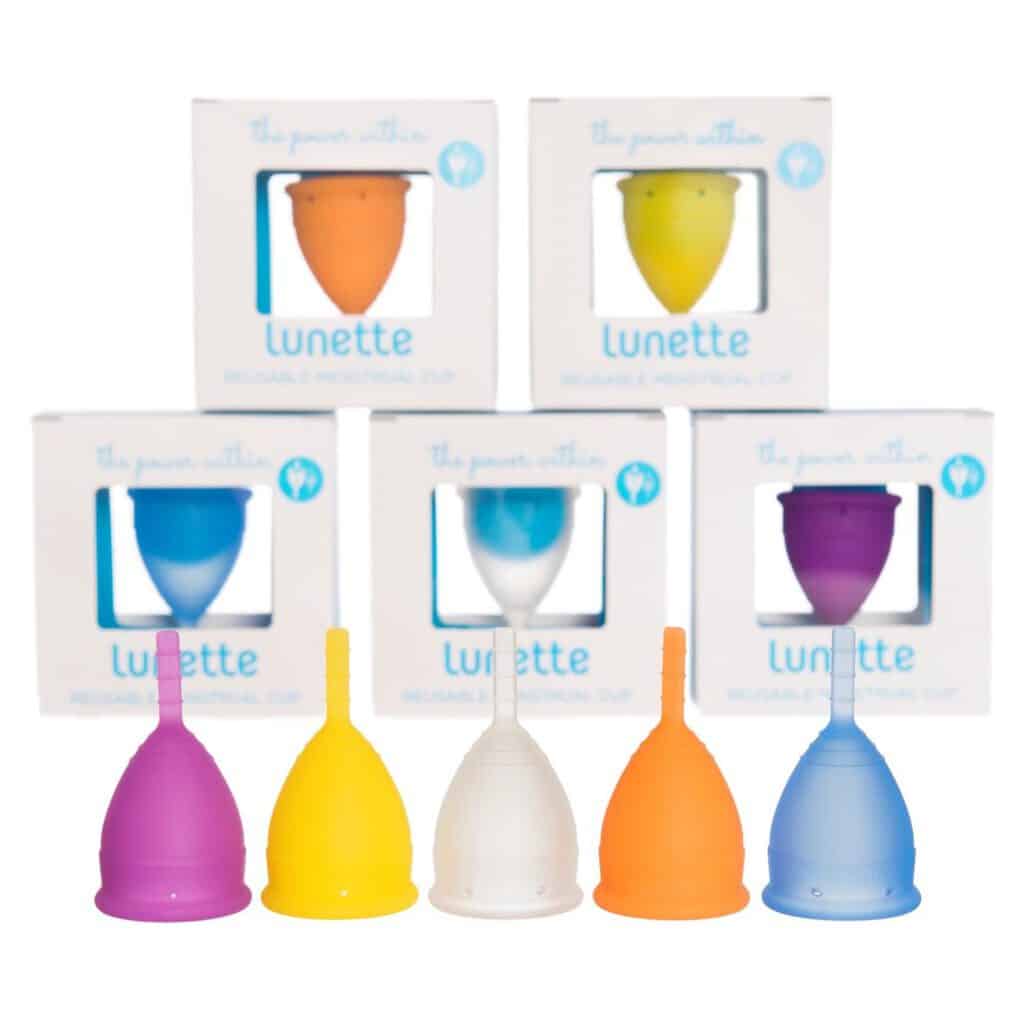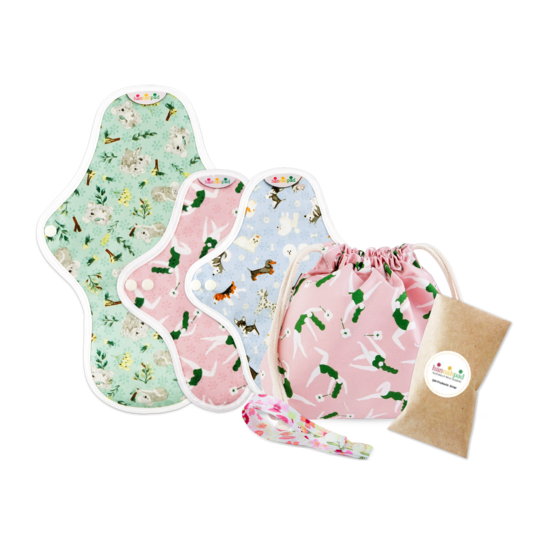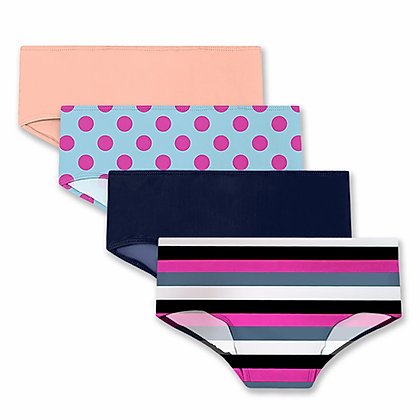A more sustainable way to manage your periods

Most women have a period every 28 days from their early teens until their late 40's. That's a lot of plastic and cotton thrown away in pads and tampons. There are more sustainable measures we can all take to manage the landfill produced by our periods. Most of these products have been around for a while now and even more 'mainstream' brands are catching on and stocking some of these options in store.
Before making the switch it is well worth buying 1 or 2 of your chosen reusable product to give it a test run. Now is a great time to do this, while many of us are at home. Yes they are an investment, and need to be cleaned properly,but in my opionin are well worth it. Take a look around and see if one of these might suit you.
Menstrual cups
Menstural cups are a silicon or rubber bell shaped 'cup'. There are a few great youtube videos explaining how they work, but essentially you fold the cup in half to insert it into the vagina and then when released it seals the space allowing for the flow to be captured. The cup has a small stem which is used to pull the cup out, usually every 8 hours, to be emptied and thoroughly cleaned.
Menstrual cups come in different shapes and sizes to allow for different body types. The stem itself can be cut to the right length allowing some flexibility in making the product work for you. One advantage of using a cup is that you can see the quantity of flow each period. This can help with managing health issues like heavy bleeding (and see how different treatments are effecting this).
Cleaning your menstrual cup is simple - rinse our in cold water, hand wash in warm soapy water using an oil and fragrance free soap, then rinse well. You can get specialty soaps for your cup from most retailers. Ensure the final rinsing and drying process is thorough to avoid any nasties. Cups should be sterilised at the end of each cycle by boiling it water for around 5 minutes.
Brands include JuJu, DivaCup, Lunette, Ruby Love. More information on menstrual cups can be found here.
Reusable pads

Reusable pads are often made with an external liner (that goes against your underwear), topped with a cotton absorbant fabric. Like single use pads, there are different absorbancies (small/medium/overnight/liners), most have 'wings' which hold them in place and they need to be changed regularly.
Cleaning pads is usually as simple as giving it a good rinse after replacing, then throw them in the washing machine and wash on a cold cycle with your normal detergent. Line dry in the sun is best, and always ensure they are thoroughly dry before packing away.
Brands include hannahpad, Ecopads and JuJu, however even just jumping on Etsy or similar sites takes you to a whole range of different home made options.
Period Underwear
Period underwear looks like normal underwear but has a thicker gusset (the bit between your legs). Such is their popularity that even Bonds has a range now (all black but I guess that's what is most popular!). The underwear has multiple absorbant layers, hence the thickness, and like the reusable pads, have a moisture wicking layer, absorbant layers and then an external liner. Again, like reusable pads, they come in different absorbancies (1-4 tampons). One advantage of period underwear is that they can be used with a tampon or cup as a 'just in case' measure without feeling like you have to carry around another product.
 Period undies can also be useful for those with a poor pelvic floor although I would always recommend seeing a pelvic floor physiotherapist to correct this issue.
Period undies can also be useful for those with a poor pelvic floor although I would always recommend seeing a pelvic floor physiotherapist to correct this issue.
Like other reusable products, rinse in cold running water on changing then wash on a cold setting in your washing machine. Line dry in the sun where possible.
Brands include Modibodi, Thinx, JuJu, Ruby Love, Love Luna, and Bonds.
What about the cost?
According to Choice, the average woman spends $55-$125 each year on menstrual products. While each of these products is more expensive than a box of tampons, they also have a useful life of around 18 months. Period undies come in at a similar cost over 2 years to current disposable items, however reusable pads and cups are cheaper. The environmental considerations and additional washing are also factors in making the decision.
It's a personal choice but one we should all be considering.
Visit the Choice website for more information on price comparisons.
The information given here is general in nature. For information and support specifically tailored to your needs, book an appointment today